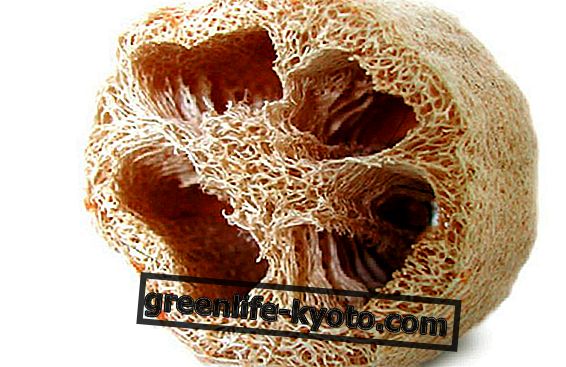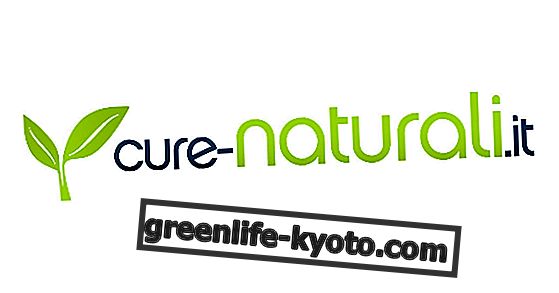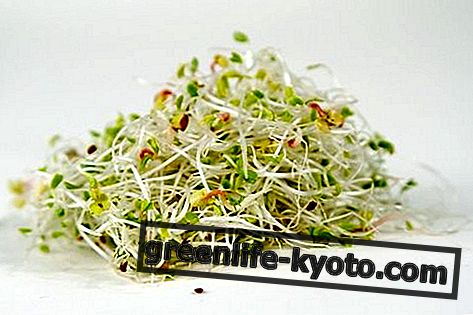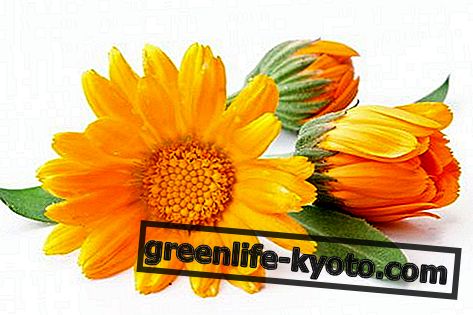
The saline or saline solution is a solution of sodium chloride, or kitchen salt, in purified water. It is easily found on the market, not only in pharmacies.
There are packages for all needs, from large or single doses and, depending on the type of packaging, can have a very variable price. Someone does it at home. Can it be?
The do-it-yourself physiological solution, if prepared with all the right criteria, can be used for nasal washes, but should never be used for cleaning contact lenses or intravenous therapies because the physiological we prepare at home does not it is sterile and does not have the characteristics appropriate for these uses.
How to make half a liter of physiological for nose washes
The physiological is a preparation of water and rises to 0.09%. Making it at home is simple.
Ingredients and needed
> 550 ml of tap water (abundance does not hurt because part of the water will evaporate);
> 4.5 grams of cooking salt;
> pot with lid.
If, instead, you want to prepare a liter, you will have to add, of course, 9 g of salt, or a double quantity.
Preparation
Boil water in a lid-covered pan and add salt . Pour the still hot solution into a glass container previously sterilized with boiling water. Close tightly.
The classic rubber stopper of glass bottles is also fine . Obviously, the glass of the bottle must be heat-resistant, otherwise it will risk breaking.
Allow the physiological solution to cool before using it . The physiological solution for nasal washes should have a temperature of around 37 degrees, ie similar to body temperature .
The homemade physiological solution can be used for nasal washes but not for other uses that require a sterile product and with particular osmolarity characteristics.
If doing nasal washes with a physiological do-it-yourself solution you feel burning it probably means that you used too much salt.
Because nose washes are important
Nasal washes are important because they help keep the streets free and clean by promoting the prevention and healing of colds, ear infections and other respiratory diseases.
They are useful to everyone, but above all they are essential in children, who, having very small nasal cavities, are more exposed to colds and their complications.
How to make nasal washes with physiological
To make nasal washes, physiological solution and a syringe without a needle are required. Alternatively, you can use a specific product based on sea water of those commonly found on the market.
These products are more expensive than the common physiological solution, the advantage is that they are ready to dispense and often equipped with practical spouts, which make them very useful especially in younger children.
Alternatively you can try the ancient practice referred to as "jala neti" which consists in washing the nose by sliding the saline solution through the salts, using the special container called "lota".
Also read nasal washings for children, because they are important >>













